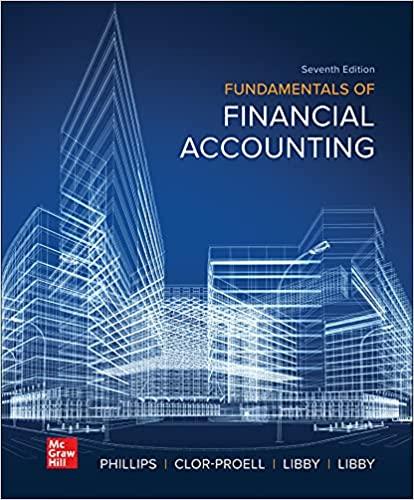Question
Z owns a rental building (its only asset) with a gross fair market value of $5,000 subject to the non-recourse mortgage of $2,000. Z's adjusted
Z owns a rental building (its only asset) with a gross fair market value of $5,000 subject to the non-recourse mortgage of $2,000. Z's adjusted basis for this building is $1,500. All of Z's stock is owned by C, whose basis for his stock in Z is $500. Z had 1,000 of E&P. Z is on the accrual method of accounting and reports on the calendar year. Assume that the corporate tax payable by Z on $3,500 gain is $1,250 and on $3,000 gain is $1,000. Z sells the building, subject to the mortgage, to D in the current year for $3,000 in cash. Z then liquidates, distributing all of the cash (remaining after paying its taxes) to C in cancellation of C's stock in the current year.
[Same facts as above, except that Z adopts a plan of complete liquidation instead of selling the building to D. Z distributes the building to C "in-kind" pursuant to the plan. C then sells the building to D for $3,000 in cash with D taking subject to the mortgage of $2,000.]
a) Section 336 treats Z as selling the building to C for $5,000.
b) Z will recognize $3,500 gain which is probably ordinary under Section 1239.
c) C will take the property subject to both $2,000 mortgage and most likely a $1,250 tax due from Z to the IRS
d) C's basis will be the fair market value of $5,000 under Section 334(a).
e) All of the above
Step by Step Solution
There are 3 Steps involved in it
Step: 1

Get Instant Access to Expert-Tailored Solutions
See step-by-step solutions with expert insights and AI powered tools for academic success
Step: 2

Step: 3

Ace Your Homework with AI
Get the answers you need in no time with our AI-driven, step-by-step assistance
Get Started


